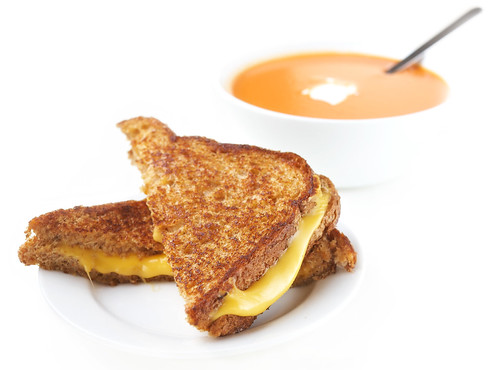
Our recipe begins with a simple base of HTML. Throw a good dose of PHP into the mix, so it will rise as it should. JavaScript adds subtly complex notes to the flavor, and because you eat with your eyes first, CSS is an essential finishing touch.
Wait… what?
You decided you wanted a website. But not just any website, you wanted one that looks amazing, professional, and reflects who you or your business are. So you set up WordPress, maybe buy a theme that’s similar to what you want your website to look like. You roll up your sleeves, and you’re all ready to make the few simple changes that will make your website absolutely perfect.
Enthusiastically, you jump into the folder of the theme that you’re using, and you find… a lot of files. Files with extensions like .php, .css, .js… what does it all mean? And why do some of the images end with .png, while others end in .gif or .jpg?
Hold on. I didn’t sign up for this.
First Things First
Even the very best chefs couldn’t have cooked a decent soufflé the first time they stepped into a kitchen. And even the smartest programmers certainly couldn’t have produced anything like the Google search algorithm the very first time they ever sat down at a computer. We all have to start somewhere. Whether it be a grilled cheese sandwich, or the simplest possible ‘Hello World’ program, that somewhere is at the beginning… with the very most basics.
Now if I were evil, I would say, “Go out into the internet, my lovelies! Teach yourselves! There are resources galore! You can do it!” Which there are. But I won’t. Because that’s evil.
Besides, I’ve been there. Oof. Believe me, I’ve been there. It’s true… there are probably more resources on HTML and CSS than you could read in a lifetime, and that’s not even getting into PHP, JavaScript, and all the other little things that go into creating a great WordPress website. But… which resources are good resources?
Crud.
That’s why I’m here. *dons a superhero cape, and stands in a grand, superhero-type pose* If there’s a really great resource out there for anything related to website development, you can bet your bottom dollar I’ll be telling you about it. (If you find one you think I should know about, let me know! The internet’s a gigantic place, and you never know where a gem might be hiding.) And if there’s not a resource that’s really outstanding? Well, there should be. I believe that knowledge should be shared, accessible, and easy to understand even for the newest of newbies. And gosh darn it, I’m going to do that for you.
Let’s Start With The Basics
HTML. HyperText Markup Language. This is the skeleton of a website. Every single website – even the most basic website that just consists of just text, without any styling or fancy functionality at all – uses HTML. HTML is the framework that you build the website on – if you have a good framework, your website can be amazing. But if you don’t… it’ll be a mess. Don’t worry, we’ll be going into what defines a good framework – and every little element that comprises that framework – in future articles.
CSS. Cascading Style Sheets. This is what makes your website pretty. You want colors? You use CSS. Want different font sizes? Also CSS. From simply changing the background color to perfecting the layout of a page, CSS turns the plain text and HTML framework that you start out with into a beautiful website.
PHP. PHP: Hypertext Processor. (That second ‘PHP’ stands for Personal Home Page. Confusing, I know.) Without PHP, you would have to write the code every single time you wanted to add a new page or blog post to your website. Not only that, but you would have to update by hand every page that had anything to do with it – archives, the home page, categories… everything. And comments? Don’t even think about it. Not a chance. Which is why PHP is so wonderful. Not only does it automate darn near everything involved with blogging, it also adds a ton of extra functionality that you never could have had with plain HTML. From commenting on a post to sending an email through a contact form, all that is done with PHP.
JavaScript. You see that gold box up top, with the arrow buttons that let you slide back and forth between the sections? We couldn’t do that without JavaScript. Same goes for the dropdowns in the navigation. Cool functionalities like that require JavaScript to work properly.
Where Do We Go From Here?
This is just the beginning. There is so much I can teach you about all that goes into developing a website… by the time I’m through with you, you’re going to be an expert at all things WordPress. Or at least where code is concerned.
But more than anything, this is for you. So tell me… what do you want to know about coding for websites?






1 Comment
Pingback: HTML: Getting Inside Your Head – SushiCodes